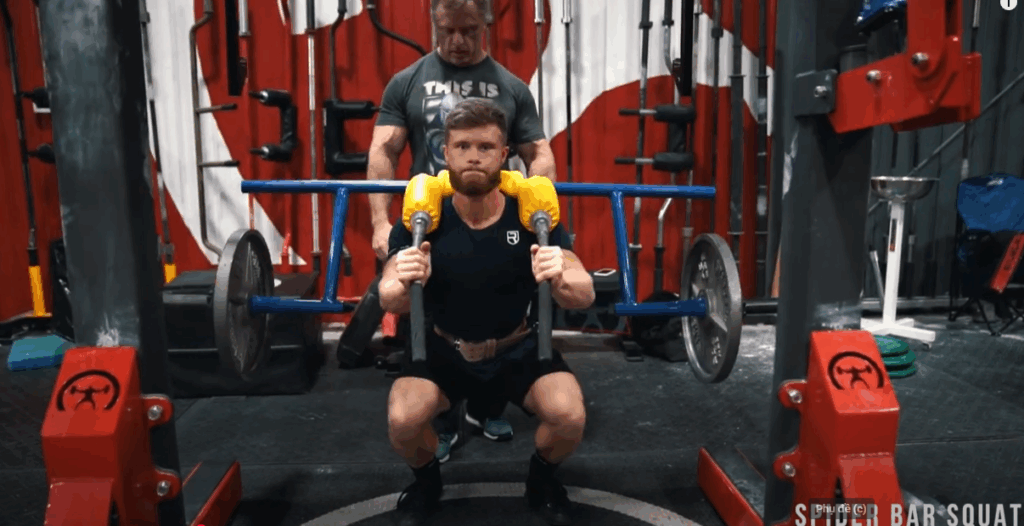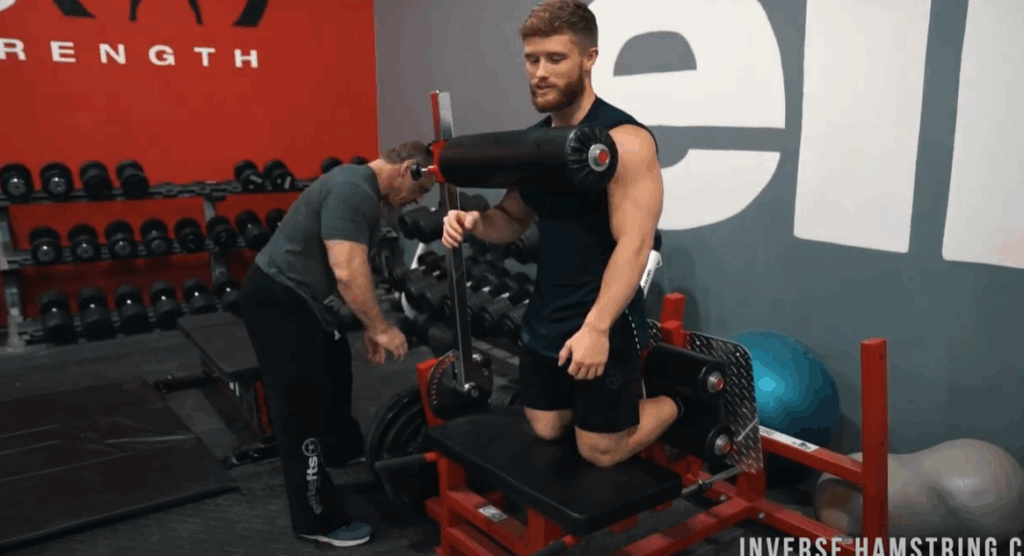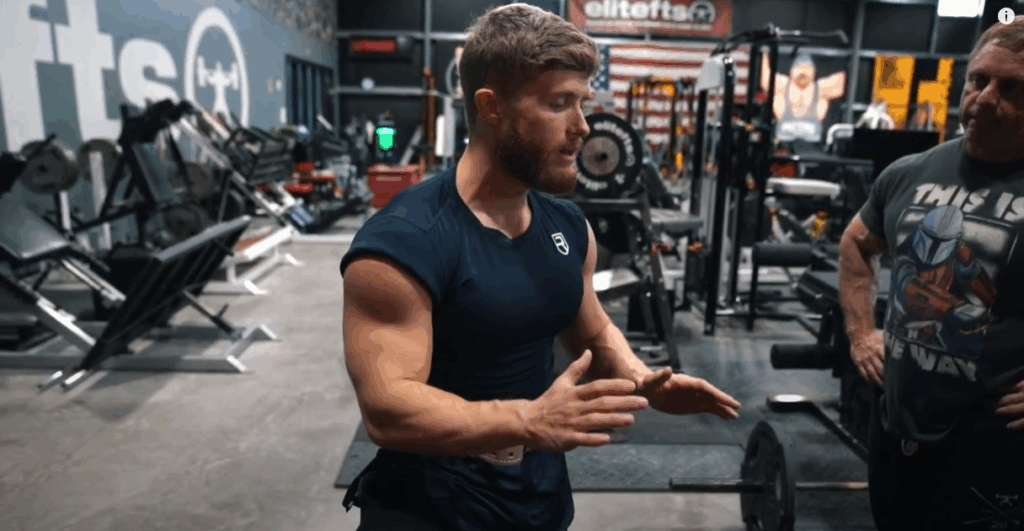Inside a High-Frequency Full-Body Workout: Equipment, Strategy & Execution
In today’s world of strength training, access to innovative equipment and smart programming can take your results to the next level—especially when combining both into a high-frequency full-body training approach. This article offers a behind-the-scenes look into a full-body training session led by two experienced lifters, exploring not just the workout itself but also the thought process behind exercise sequencing, intensity, and equipment usage.

The Gym: A Hidden Gem for Strength Enthusiasts
This session took place at a private training facility outfitted with an elite range of specialty equipment. Unlike typical commercial gyms, this location boasts everything from spider bars and cambered bars to customized machines for hamstring development and anterior tibialis work. It’s a dream setup for anyone serious about pushing performance without compromising joint health.
The space itself is tucked away in a quiet location, yet it houses an extensive inventory of bars, grip variations, and experimental machines under development. It’s not a public facility, which adds an exclusive, focused atmosphere—perfect for testing high-effort, high-frequency programming without distractions.
Pre-Workout Nutrition: Strategic Fueling
Before heading into the gym, both lifters emphasized a practical approach to fueling. The pre-training meal included whole eggs, turkey sausage, whole wheat toast, fruit, and some potato wedges. One lifter added a serving of carrot cake pancakes—a deliberate choice to provide additional carbs for the upcoming intense session. This is a smart move when planning a long workout that demands sustained energy output.
Workout Structure: Full-Body Focus with Intelligent Sequencing
This was no ordinary full-body session. Instead of cramming all leg or upper-body work into one section, the exercises were intelligently spaced to manage fatigue while maximizing performance.

Legs:
The workout kicked off with spider bar squats—a specialty bar that combines elements of a safety squat and cambered bar. The design forces an upright posture and challenges quad stability due to the shifted center of gravity. Sets were taken to an RPE of 7–9, focusing on solid form and controlled reps, leaving a couple reps in reserve to manage fatigue for the rest of the session.
Chest:
Next came a band-assisted chest press using adjustable grips. The bands added accommodating resistance, increasing the challenge at peak contraction. This was a joint-friendly alternative to traditional barbell pressing, ideal for lifters hitting chest multiple times a week without overloading the shoulders.
Hamstrings:
After letting the legs rest post-squats, the team returned to lower body training with a hybrid glute-ham raise variation. The machine used offered assistance on the eccentric (lowering) portion while still forcing active hip and knee extension—a two-joint action that engages the hamstrings in a functional, efficient way. It served as both a hamstring isolator and a joint-friendly alternative to RDLs or leg curls.
Back:
A dumbbell (or kettlebell) pullover was selected to hit the lats and stretch the upper body without stressing the lower back. The lifters emphasized staying within the stretch range, maximizing time under tension where the lats are most engaged. Partial reps in the stretched position helped extend the set and further stimulate hypertrophy.
Shoulders:
For delts, lateral raises were programmed using an interesting approach: combining heavy partials in the bottom half of the range with full-range lighter reps. This dual-method targets both mechanical tension and metabolic stress while keeping shoulder joints healthy. The heavy swings still required the delts to fire hard, and the lighter reps added volume in a safe, controlled way.
Biceps:
Bicep curls on a preacher-style machine helped isolate the muscles with minimal assistance from surrounding joints. The lifter leaned back with arms pinned, ensuring strict form and maximizing biceps activation. Sets were pushed close to failure with confidence, as the lifter mentioned alternating arm work across full-body sessions for optimal recovery.
Calves and Tibialis:
To wrap things up, a unique superset targeted both the posterior and anterior lower leg. Seated calf raises were followed by anterior tibialis raises using a rare piece of equipment designed specifically for the front of the shin. This superset promotes full lower-leg development and also has practical benefits—such as reducing shin splints for athletes involved in running or jumping.

Smart Programming Principles Behind the Session
This workout wasn’t just a random mix of exercises. Several key training principles were on display throughout:
- Intensity Management (RPE):
Most working sets hovered around RPE 7–9, meaning there was a calculated level of fatigue without fully hitting failure on compound movements. This preserves performance for later sets and ensures weekly recovery. - Exercise Order Optimization:
Instead of crushing all leg movements back-to-back, the session alternated between lower and upper body to manage systemic fatigue. This strategy allows more output per set across the workout and avoids burning out early. - Joint-Friendly Choices:
Instead of barbell bench presses or heavy overhead presses, the workout featured machines, bands, and unique equipment that allowed high effort with less wear and tear. This is essential for high-frequency training. - Specialized Isolation for Weak Points:
Isolation work was still present—especially for shoulders and biceps—but used in a way that didn’t compromise the rest of the week’s training. For example, hitting biceps on one day and triceps on another prevents local muscle fatigue from derailing full-body training frequency.
Who Should Train This Way?
High-frequency full-body training isn’t for everyone. Beginners can thrive on three moderate full-body sessions per week using basic compound lifts. But as lifters get more advanced, training volume and variation must increase. A well-designed high-frequency plan allows each muscle to be stimulated multiple times per week without overtraining.
However, the key is to start conservatively. Many lifters make the mistake of doing too much, too soon—either by using too many heavy compounds or pushing each set too hard. As you adapt, you can gradually incorporate higher effort, intensity techniques, and more volume.
If you find you can’t push yourself hard enough on a full-body routine without compromising recovery, it might make sense to switch to an upper/lower split or push/pull/legs structure. But if you can build to a point where recovery is manageable, full-body training offers unmatched efficiency and consistent muscle stimulation.
Final Thoughts
This session wasn’t just about testing machines or chasing the pump—it showcased how to structure a high-quality full-body workout using smart principles. With strategic sequencing, careful effort management, and the right mix of compound and isolation work, you can build a program that’s both joint-friendly and results-driven.
Whether you’re an intermediate lifter looking to increase your training frequency or an advanced athlete dialing in recovery, this kind of approach might be just what you need to break through a plateau.



